The purpose of cookware is to prepare food which is why it is so essential for any kitchen. There are hundreds of different pots and pans: to choose just the right type, it important to know their main features and most important functions and determine how these relate to the food you want to cook and how you want to cook it.
These features consist in their shape and the materials they are made of.
Basic cookware consists of pots and pans.
The first have tall sides and are used to cook liquids and/or voluminous foods that cannot be put in a low pan. They are used to prepare all sorts of food: to cook pasta, make stock, prepare sauces including bolognaise sauce, to cook stews, boil or steam vegetables, etc.
Pans have low sides that can be more or less straight depending on their purpose. They are designed to cook all sorts of foods that do not require, or canot be cooked in, a pot. These include: omelettes, pancakes, meat, pasta sauces, sautéed vegetables and sautéed pasta or rice recipes.
A good heat conductor heats up and cools down quickly, making it easier to cook delicate food accurately. Moreover, heat is evenly distributed over the entire surface of this type of cookware, preventing some of the food from burning while others donnot cook because they are further away from the heat source. This type of material is suitable for all fast cooking methods (to fry mirepoix, sear meats, cook omelettes, etc.) and for all recipes requiring precision (to prevent residual heat from overcooking risottos for instance).
Other recipes such as soups and stews and foods that require lengthy cooking times like pulses require materials that heat slowly and evenly and preserve their heat for a long time.
Good materials do not alter food: some materials have special coating to make sure this doesnnot happen.
Lastly, good materials must be tough: they must last a long time and stay in shape even if they fall or collide with something.
The materials mostly used to produce cookware are stainless steel, aluminium and copper.
Our pots and pans are made of the materials specified below.

Stainless steel is special steel to which nickel, chrome and other metals such a molybdenum are added (18/10 indicates the percentage of chrome and nickel contained in it).
Stainless steel is extremely durable because it is tough and resists corrosion. It is the most hygienic of materials because it is easy to clean which is why it is often used in canteens.
On the other hand, steel is not a good heat conductor: steel cookware tends to distribute heat unevenly. This problem can be partially solved by constructing a thicker pan but this also considerably increases its weight. This problem makes steel pans a lot more cumbersome to handle than aluminium ones.
To improve its conductivity, the base of particularly prized stainless steel cookware is made of layers of steel alternated with other materials such as aluminium, copper, etc. that are better at conducting heat.
Even stainless steel is not perfectly stainless. Over time it can become discoloured and stained which is why it must always be dried carefully and never left in contact with corrosive substances such a lemon juice, salty water or vinegar for a long time.
There is a great variety of steel on the market. AISI 304 steel offers many advantages. It is an excellent compromise between heat conductivity and resistance to impact and very high heat which is why it can be used bare i.e. uncoated.
Food-safe aluminium must be 99.5% pure.
Aluminium offers the best cooking quality and cost ratio. That because it is affordable and a good heat conductor (as long as the base is thick enough).
On the other hand, aluminium is not very tough: it can be easily dented by just falling off the worktop. It may react to some foods which is why it is advisable to purchase the anodised version or make sure it has a non-stick coating.
Anodised aluminium is treated with an electrochemical process that increases its mechanical and corrosion resistance.
There are 7 different categories of aluminium. For cookware, manufacturers use 1000-4000-8000 aluminium or special alloys for pressure die casting. This material possesses excellent features that make it perfect for cooking: firstly, very high heat conductivity rated around 250 W/mK.
Secondarily, it is intrinsically easy to varnish, making it suitable for preliminary treatments. It is also very resistant to corrosion. Lastly, it offers the great advantage of being suitable for two moulding techniques: forging and die casting. The first moulding method initially uses discs in diameters and thicknesses that depend on the item to be made. They are then pressed into a reverse mould by a forming punch. Die casting makes it possible to obtain more complex shapes because it uses molten metal. On the whole, this process is more complex.
The only real disadvantages of this material consist in the fact that it can dent easily and has a relatively low melting temperature (about 650°C). It is therefore important to prevent accidental impacts and avoid leaving empty aluminium cookware on the hob for a long time or at very high temperatures.
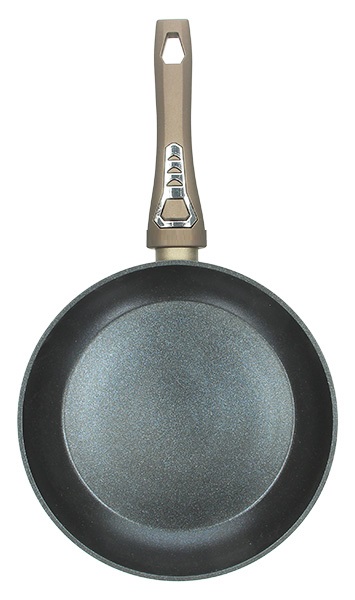
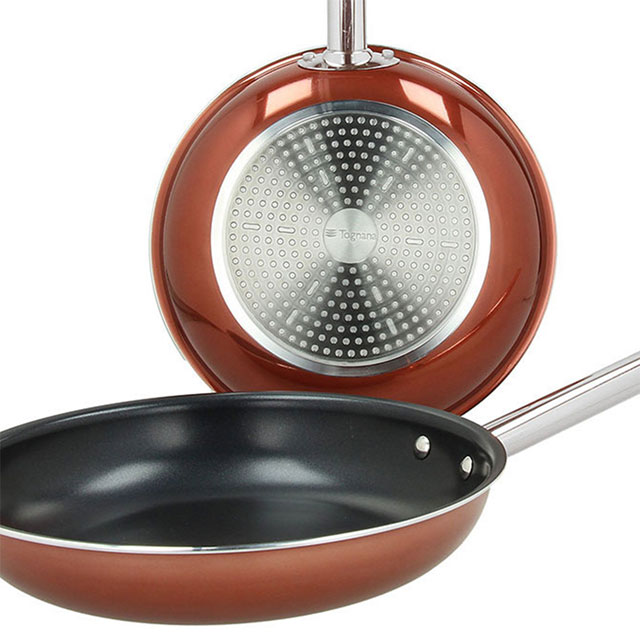
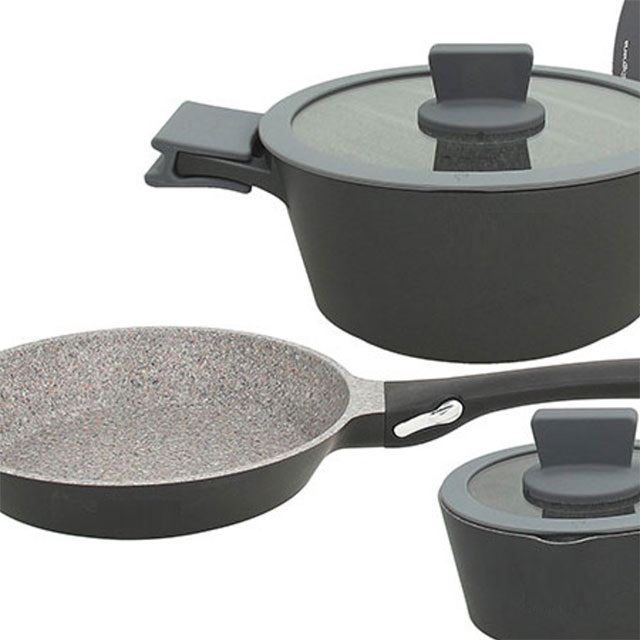
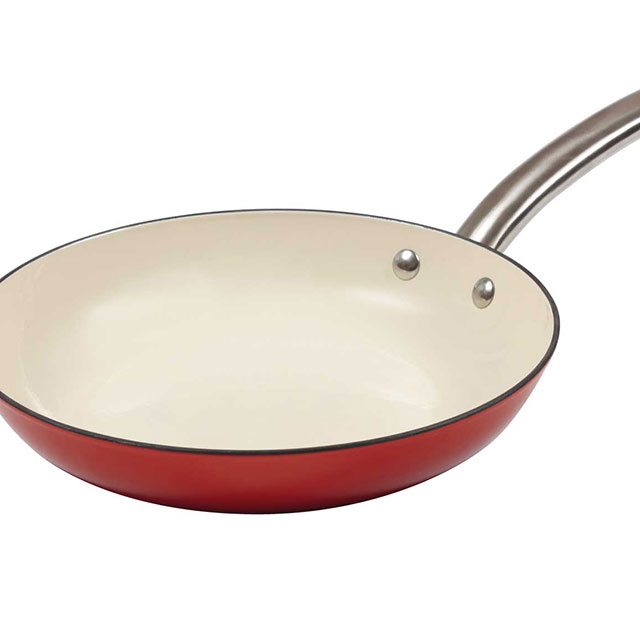
The innovative Thermo 3D base features heat-radiating channels and resists deformations to a far greater extent than regular cookware. More even heat distribution also reduces cooking times and increases energy savings.
Different types of bases are suitable for different cooking methods:
> a perforated base plate, mechanically attached to the cookware. Tough and versatile, it is perfect for any cooking method and used mainly on domestic cookware because it favours even heat distribution;
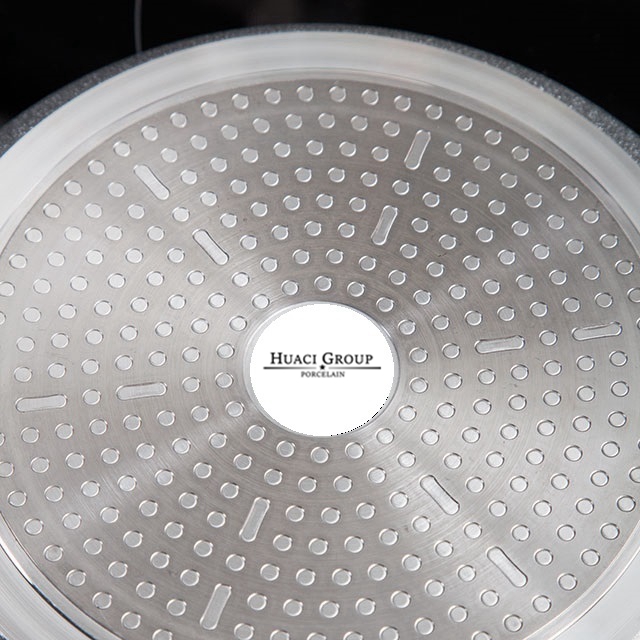
> 90% solid base plate, thermo-mechanically fixed to the cookware. For professional cooking, it offers excellent energy efficiency on induction hobs. Very thick, non-deforming base;
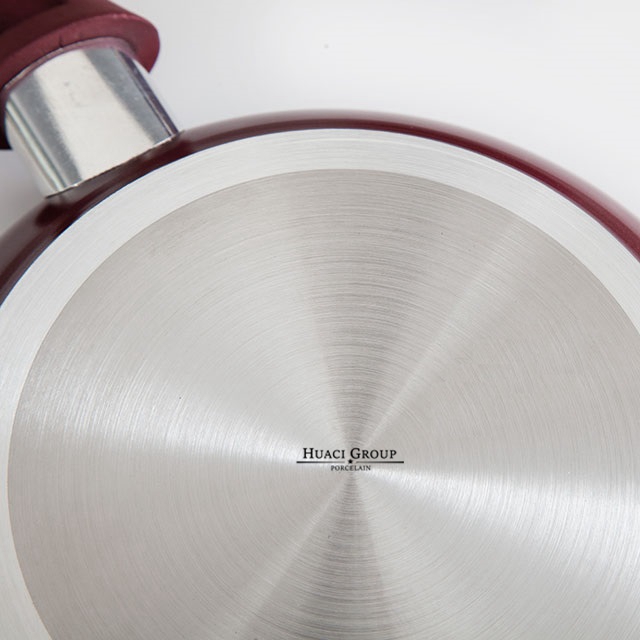
> 100% solid, braze welded base plate. Offers excellent cooking results and is ideal for intense use. Superior energy efficiency for induction hobs, it reduces cooking times. Very thick, non-deforming base;
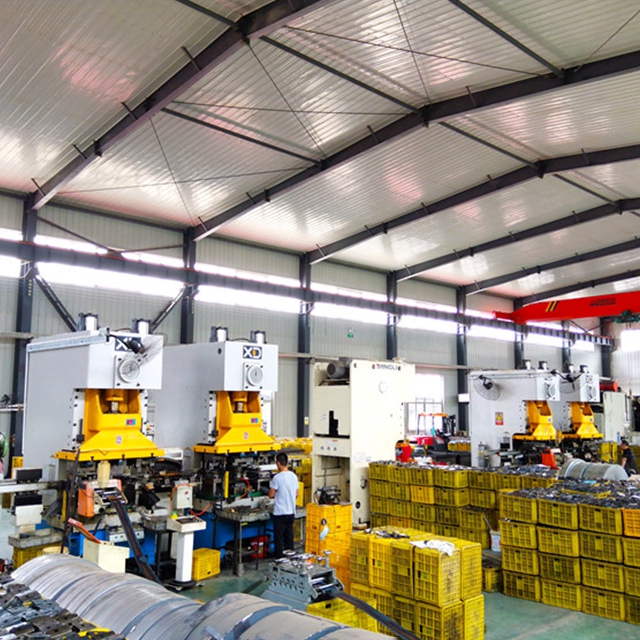
> Encapsulated, steel-aluminium-steel sandwich base with a solid plate fixed thermo-mechanically or braze welded onto it, it is ideal for intense cooking sessions and offers excellent energy efficiency on induction hobs. Very thick, non-deforming, heat-diffuser base.
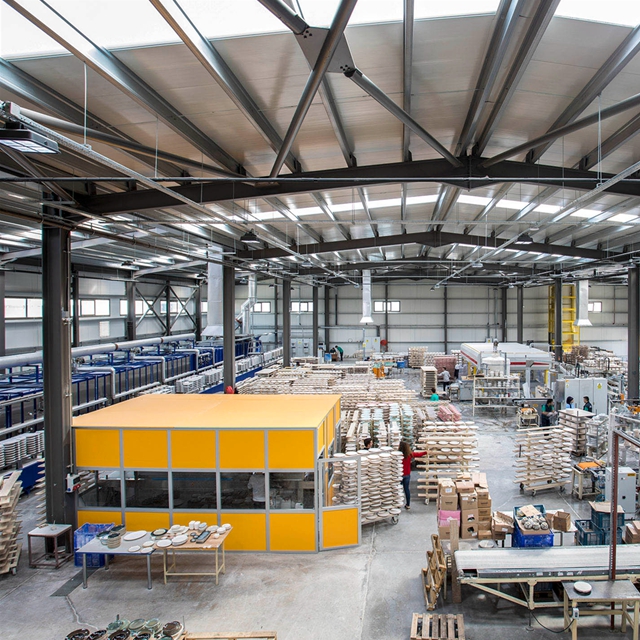
We would like to give you a few, simple tips to ensure you get the most out of your non-stick pans for as long as possible:
Huaci warranty covers manufacturing flaws for 2 years (or longer where specified) from the date of purchase, backed up by proof provided by a receipt/document valid for fiscal purposes. The warranty will only be valid if the instructions of use are strictly adhered to. This warranty does not cover wrong usage including anything other than normal domestic use (for catering purposes, inappropriate repairs, misuse, carelessness, falls, etc.), normal deterioration and discolouring of coatings. Any effects or damages produced by washing the pan in a dishwasher are not covered by the warranty. The company will repair or replace the product if the flaws found are covered by the warranty; if not, the product will be sent back to the customer. Warranty claims must be accompanied by proof of purchase and addressed to HUACI Porcelain S.p.A. Quality Department, Via Huaci, 22 31030.
This warranty offers the purchaser greater protection than the consumer rights provided for by the laws in force. .
Mostly made of PTFE. This material has the lowest coefficient of friction in nature. Since it is a polymer, it is softer than materials such as steel which means that it can be scratched. Nevertheless, it is harder than common polymers.
Our non-stick cookware is made by the best brands. It is available in various colours and with a variety of decorations. We also supply cookware upgraded by:
> FLOATECH technology, for matchless, tastier cooking results enhanced flavour, better consistency top-quality cooking paired with superior non-stick performance for maximum results.
(From specific comparative tests with a traditional pan performed at the Interdepartmental Centre of Industrial Agrifood Research��University of Bologna).
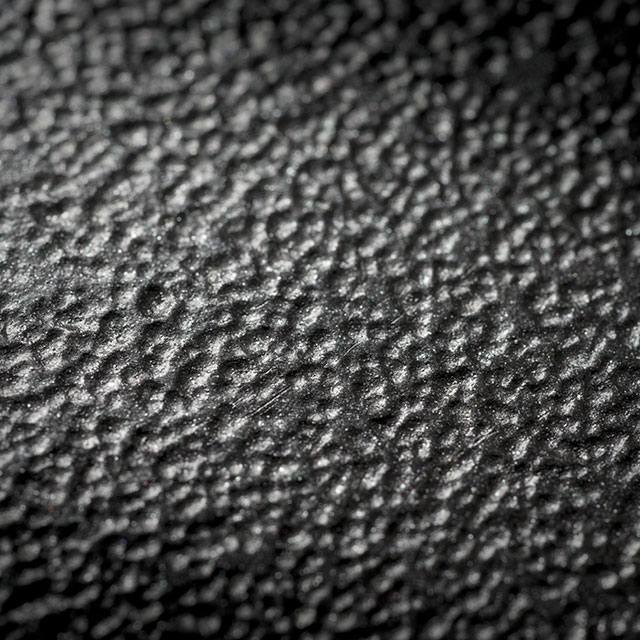
> LONGLIFE DIAMOND TECH technology consists in adding diamond powder to the non-stick substrate for greater strength and unmatchable hardness. Tested for 100,000 turns with a metal spatula (tested by the independent TUV ITALIA laboratory).
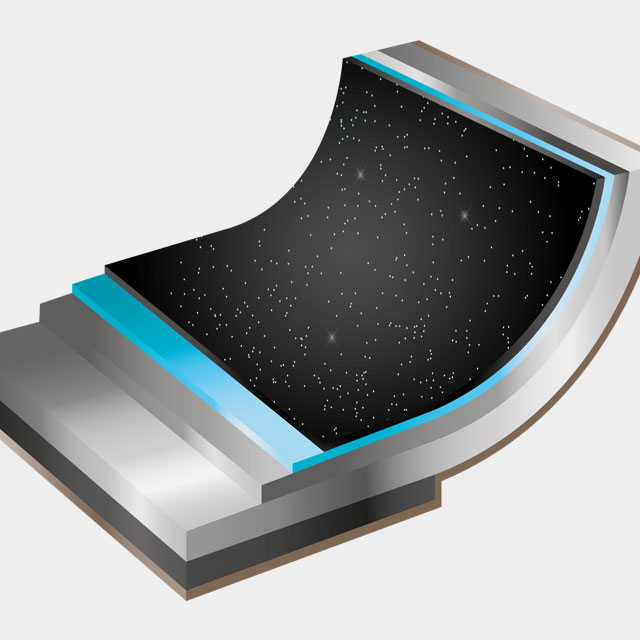
All our non-stick cookware is PFOA, NICKEL and BISPHENOL free.
Before putting them on the market, all our products must pass chemical-physical tests that ensure they are food contact safe.
HUACI Porcelain guarantees that all its products comply with the European hygiene standards for cookware and utensils designed to come in contact with food.
Our company has collected lots of requests for information on the subject and we have prepared a list of relevant questions and answers:
Question: Are non-stick coatings toxic?
Answer: No. The substance used is inert. This means that it produces no chemical reaction when in contact with food and water. It is normally used in contact with food and approved by World Research Institutes. It is also used for medicinal purposes.
Question: Why have I heard people say that non-stick coatings are toxic?
Answer: Because people confuse the coatings with the chemical substances they are made of. To be more precise, non-stick coatings are made of a substance called polytetrafluoroethylene (PTFE) which, in turn, contains very small quantities of PFOA (perfluorooctanoic acid). The latter is a toxic substance. Nevertheless, PFOAs are totally eliminated during the actual PTFE manufacturing process during which the material is fired at a very high temperature for a long time. This means that there are no PFOAs in the end product.
Question: Is the non-stick coating used on Huaci cookware safe?
Answer: The non-stick coating used on all Huaci pans is a selected product that respects all the food safety parameters in force.
Question: Will the non-stick coating become toxic if it is scratched off and swallowed?
Answer: No. Any non-stick particles are harmless, inert and non-toxic. If swallowed they are eliminated from the body without being absorbed. The U.S. Food and Drug Administration states that swallowing particles of non-stick coating is not a health hazard. It is used for medicinal purposes to make heart valves and reconstruct capillaries.
For further info:
Polytetrafluoroethylene (PTFE);
Product Knowledge Network (PKN): a portal providing information on non-stick coatings.
if you have ordre inquiry or new project, please feel free to
Chat with us on WhatsApp!